Shrimp, fish, mussels and a variety of seafood are found in one of the aisles of the supermarket chain Super Aki, but few are from the Yucatan Peninsula. The reason: high market costs.
“It so happens that the production of seafood here in the region is fresh fish, which is known as flake fishing. This is not normally handled in supermarkets... In some branches we have European and Asian products, and the vast majority are from the northwestern region of the country, because it is even cheaper for us to bring the product from there,” explained Víctor Calderón, in charge of the commercial area of perishable products of this chain.
The international products that are located in the 51 Super Aki branches are mostly brought from Honduras, New Zealand, Norway, Indonesia, Chile and Peru.
For his part, the president of the National Chamber of Fishing and Aquaculture Industries (Canainesca) Yucatán, Enrique Sánchez Sánchez, confirmed that supermarkets in the peninsula import fish products because of their competitive costs.
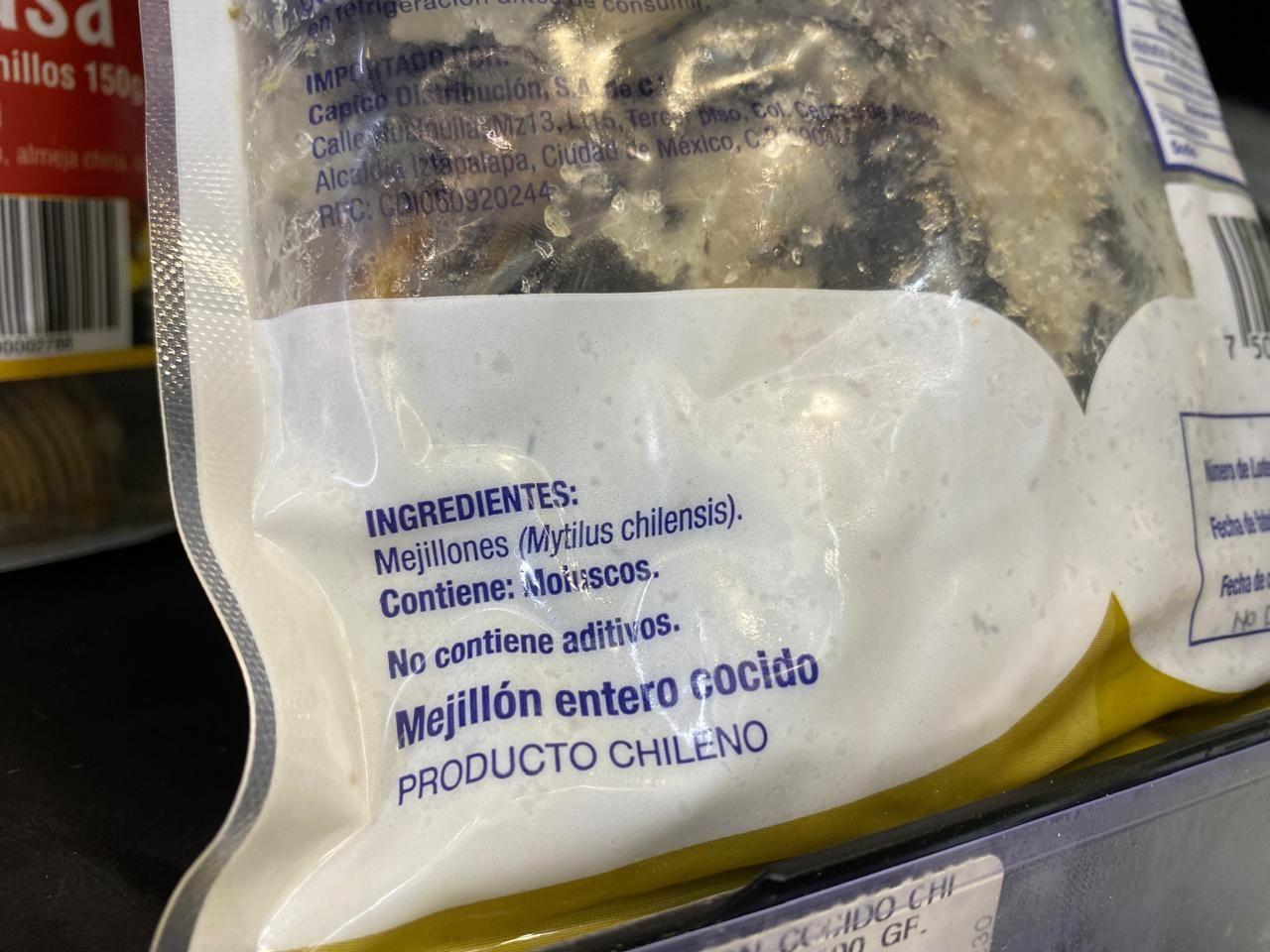
Supermarkets buy large volumes of fish products. Source: Itzel Chan.
Despite the fact that the Yucatan Peninsula has species of high commercial value, Sánchez shares that these prices are considered high for Yucatán supermarket buyers.
In 2023, Yucatán recorded a production of 38,952 tons and mainly 73.9% comes from octopus, grouper, villajaiba and rubio with a production of 28,779 tons, according to the Aquaculture and Fisheries Yearbook.
“The fact that they bring products from other countries or states is because it's much cheaper for the consumer. The products we handle in the Yucatan Peninsula are more expensive than those sold in other countries. For example, the basic fish they bring from Vietnam is sold at a price of 80 or 100 pesos per kilogram and this goes against a canané fillet that can cost 200 pesos or more the same amount. A Chinese tilapia can cost 50 pesos a kilogram, and a domestic tilapia costs 90 pesos. The cost of production in the area is much higher,” he explained.
Yucatán is known for its fishing exports. In the case of Mayan octopus, 80% of what is produced in the state is consumed outside of Mexico.
The main octopus buying countries in 2023 were the United States, Italy, Vietnam, Japan and Colombia, according to data from the Ministry of Economy.
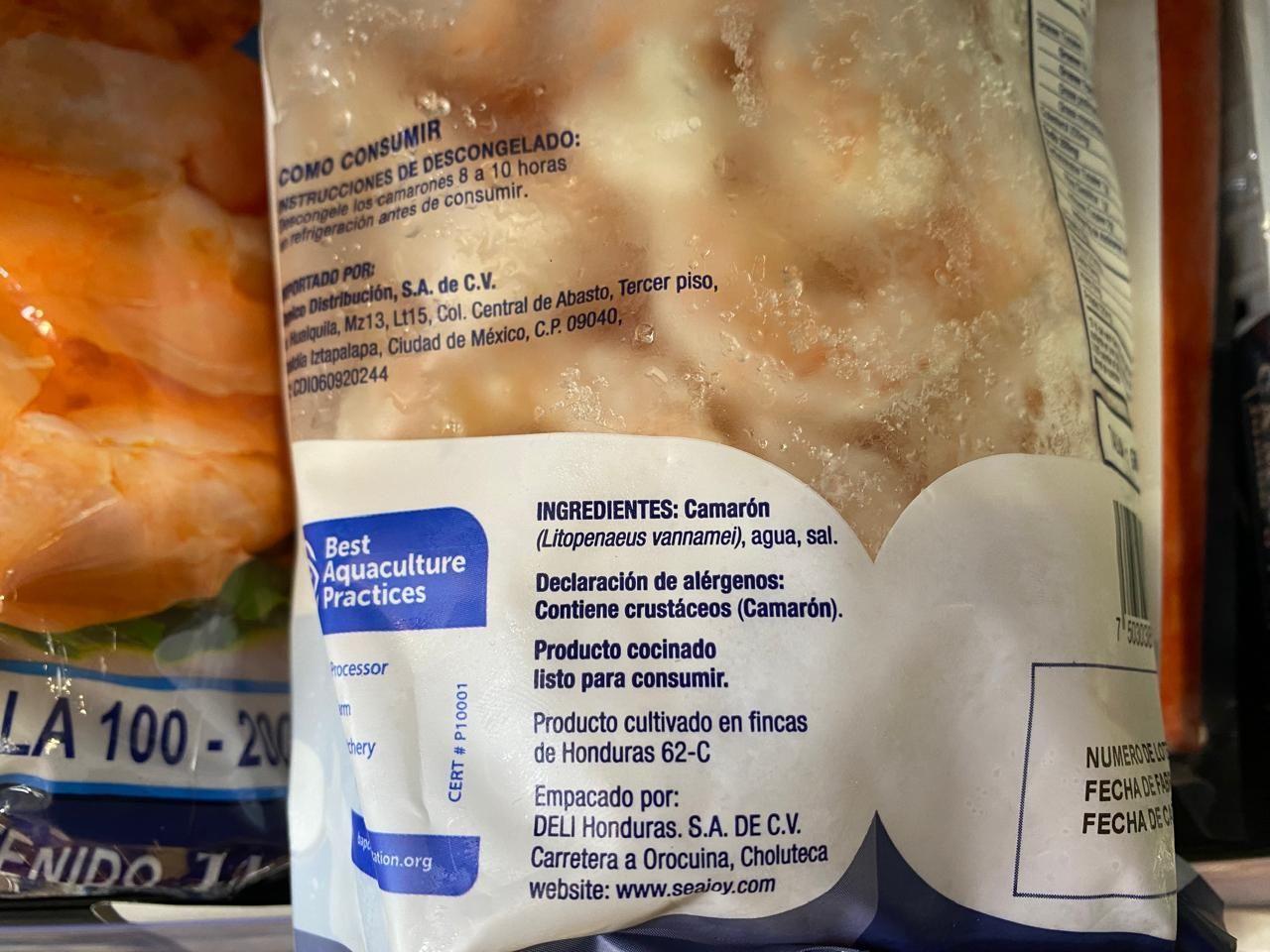
It is possible to find products from other countries. Source: Itzel Chan.
Calderón said that this dynamic leaves little fish available for local distribution and, when there are stocks, supermarkets avoid competing with sales made on the coast.
“We see that if people want to eat seafood, they have many options to eat fresh dishes in coastal municipalities, so seafood is not the most sought after product in the supermarket either,” he added.
The Super Aki chain works with four of the nearly 40 seafood distributors in the region, who sell imported products and in smaller quantities local shrimp and octopus.
One of the advantages is that frozen products meet sanitary standards.
“We handle frozen products that have a quality control process,” Calderón said. In particular, the Official Mexican Standard NOM-129-SSA1-1995 and NOM-242-SSA1-2009, which safeguard dry-salted, smoked, and mollusc products.
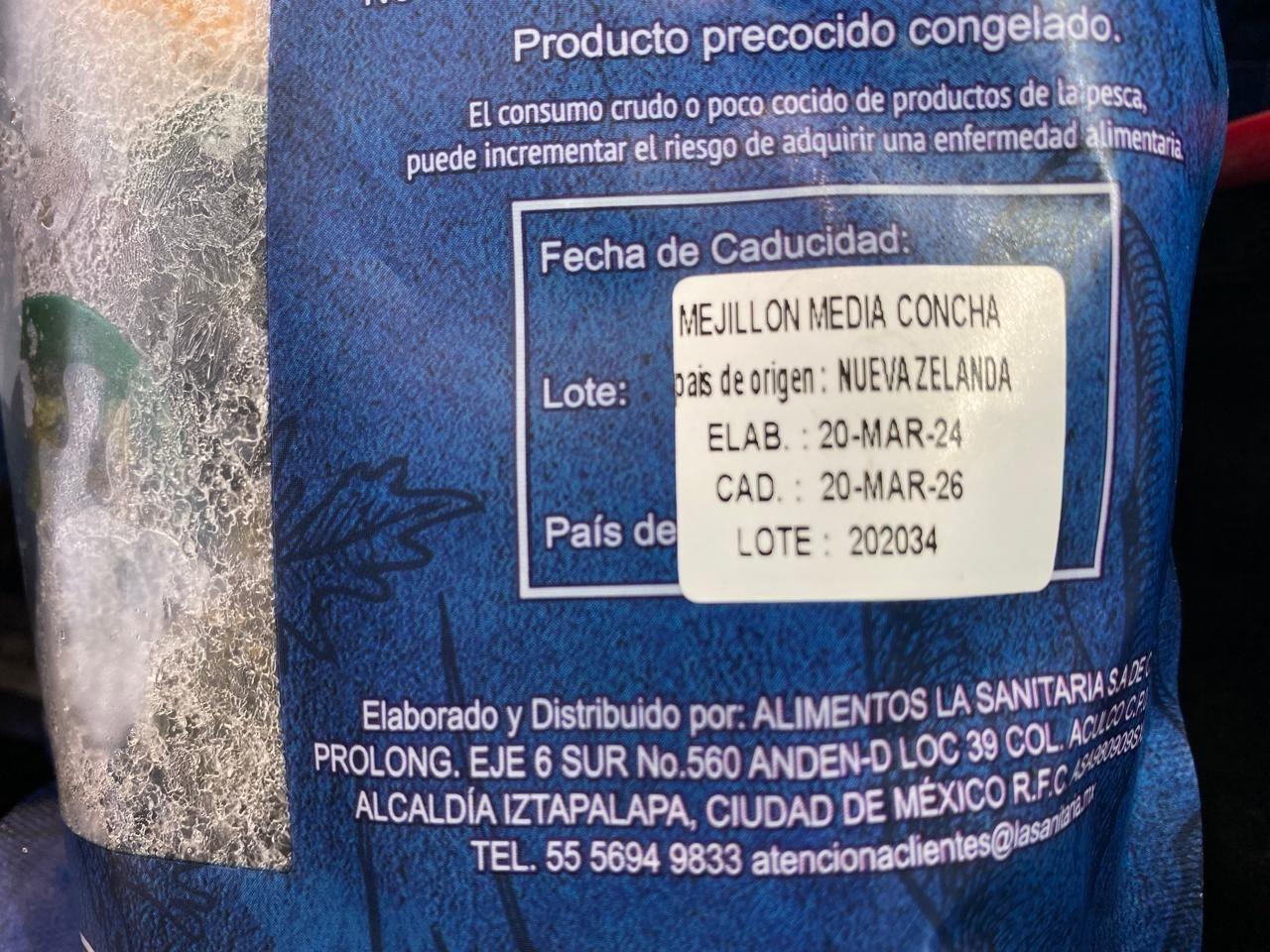
Consumers often don't pay attention to the origin of the product.
Consumption sets the trend
Canainesca Yucatán has observed that the most consumed species in supermarkets are salmon and tuna, which are not caught on the Yucatecan coast.
“What would be needed is more publicity about the consumption of local products such as grouper and rubia, even in restaurants where few sell them as well,” said Sánchez.
The business leader said that in Yucatán, Campeche and Quintana Roo there are not enough aquaculture farms that add their production to that obtained through wild capture, a way to lower the prices of fish and seafood.
“In the northwestern region, or nearby in Tabasco and Veracruz, there are tilapia aquaculture farms and, therefore, if the production is higher, they can provide the product at a lower cost and that is much better for the supermarket buyer,” he said.
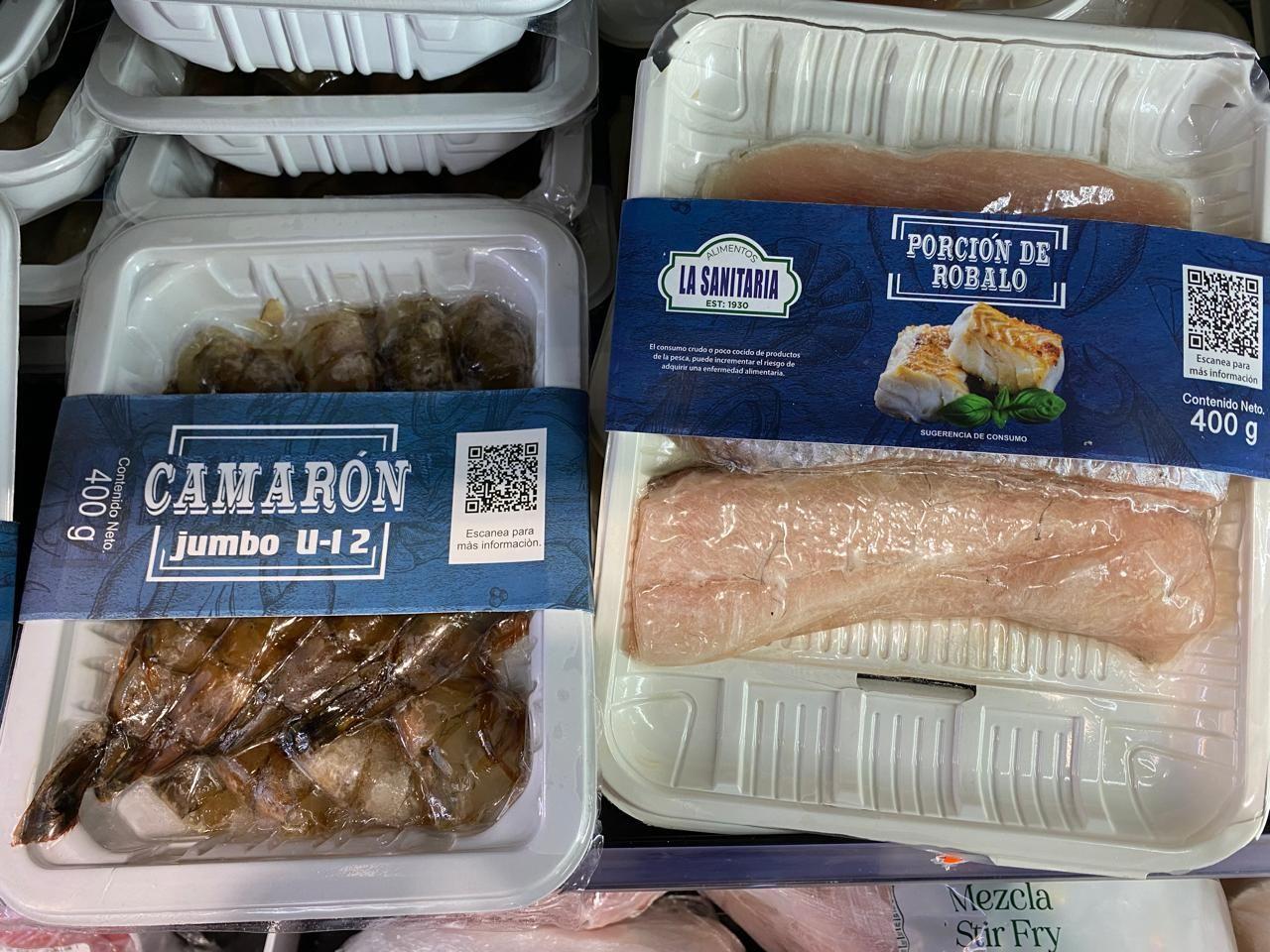
In Yucatán, there are about 40 distributors that sell domestic and foreign products to supermarkets. Source: Itzel Chan.
For Enrique Sánchez, it is important for consumers to know the origin of the product, but few people pay attention to the origin of their consumption.
“People have the right to buy fresh and quality products, but currently when they buy they think, for example, that they are buying a kilo of product and it turns out that they are not, that 70% is protein and 30% water, and they don't notice that. They also don't notice where their product comes from. This year in Yucatán, we will be setting up a social media campaign on fair prices for consumers and also a boost to local products because it is necessary,” he said.
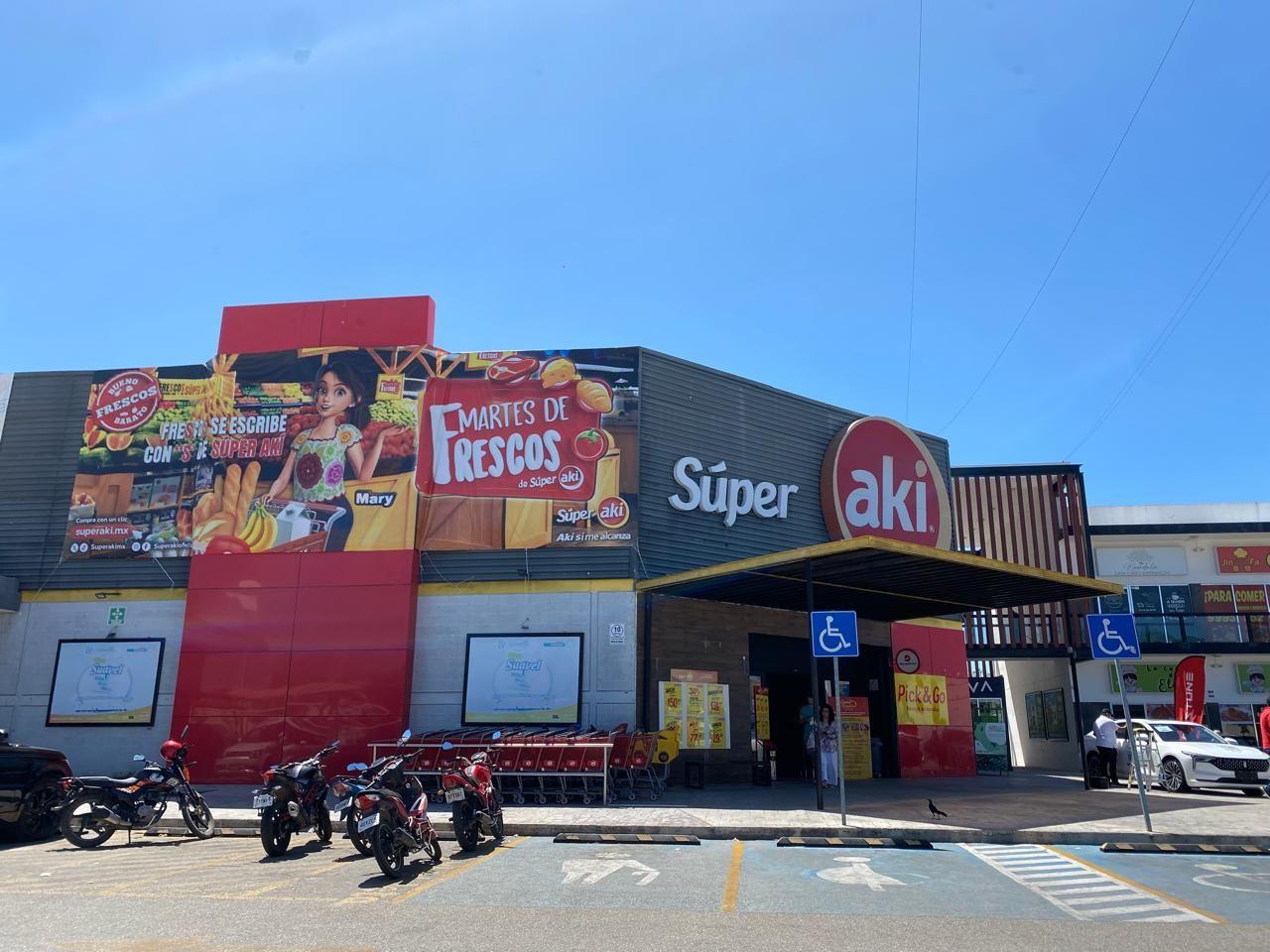



Comentarios (0)